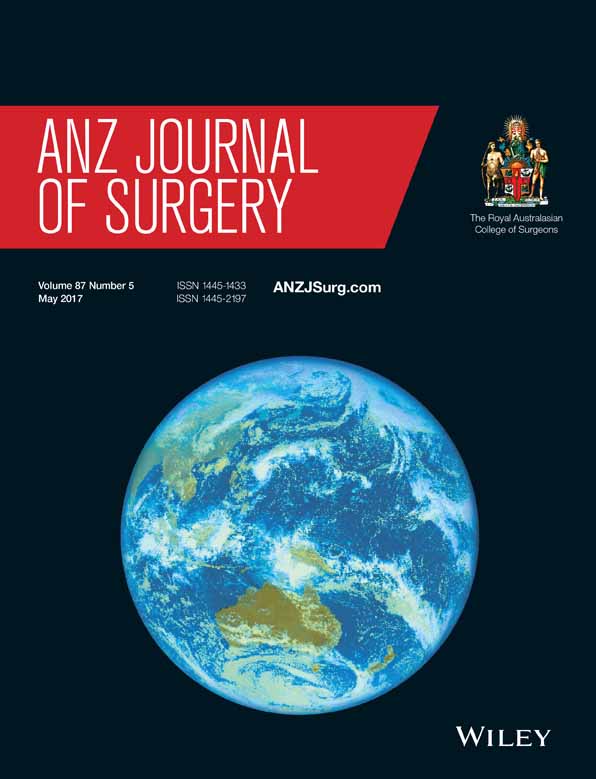Clinical outcomes and safety of distal biceps repair using a modified entry point
Abstract
Background
The purpose of this study is to determine the safety of a one-incision technique for distal biceps repair with modified repair entry point in regards to the distance from the posterior interosseous nerve (PIN). Secondly, we present the clinical results of patients having undergone this procedure.
Methods
Ten cadaveric specimens were dissected to reveal the radial tuberosity. Two 1.6-mm guidewires were inserted into the radial tuberosity, one centrally, and one 5-mm more proximal. Both guidewires penetrated the dorsal cortex, and posterior dissection revealed their exit points. The distance from the PIN and each wire was determined using a vernier calliper. The functional outcomes of 10 patients’ post repair were reviewed. Performance was determined using strength and range of motion (ROM) measurements. Functional impairment was assessed using the disability of the arm, shoulder and hand outcome measure (DASH score). The uninjured side was used as a control.
Results
The mean distance from the centre of the radial tuberosity to the PIN was 7.33 mm with a centrally placed wire, compared with 10.92 mm when measuring from the proximal guidewire (P < 0.05). Supination and flexion strengths were 83 and 90% of the uninjured side, respectively. There was a mean of 1.5° loss of flexion and 0° loss of extension. Loss of pronation and supination ROM were 0.5° and 4.5° on average, respectively. Average DASH score was 6.3.
Conclusion
We recommend a 5-mm more proximal entry point for insertion of the guidewire during distal biceps repair. This poses less risk to the PIN without significant functional impairment. Our outcomes are comparable with those reported in the literature.




